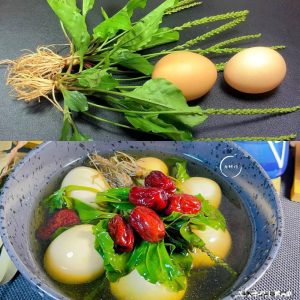Growing papaya at home, even if you’re not in the tropics, is a rewarding venture. With the right approach, you can enjoy the luscious taste and health benefits of this tropical fruit right from your balcony or patio. Here’s how to nurture papaya in pots for a generous yield.
1. Choosing the Right Pot and Location
Papaya thrives in sunlight. Select a spot where your plant will bask in at least 6 hours of direct sunlight daily. Opt for a spacious pot, ideally around 20 liters, to accommodate the root system of the growing papaya, ensuring it has ample room to flourish.
2. Selecting the Papaya Variety
Opt for dwarf or compact papaya varieties tailored for pot cultivation. Dwarf mountain papaya or solo papaya are excellent choices that adapt well to container life, promising a fruitful harvest without the expansive growth.
3. Soil Preparation
Papayas demand well-drained soil to prevent root rot. A blend of garden soil, compost, and perlite or vermiculite creates an ideal environment. This mix should retain moisture efficiently while ensuring proper drainage.
4. Planting
Plant papaya seeds or a young seedling in the prepared pot. Enrich the planting hole with compost to give your papaya a nutrient-packed start. Ensure the plant is centered and surrounded by your soil mixture, then press down around the base to secure it.
5. Watering and Fertilization
Maintain consistent soil moisture, especially in warm months, without overwatering. Papaya benefits from regular feeding with a balanced fertilizer every 4 to 6 weeks, emphasizing a potassium-rich formula to boost fruiting.
6. Size Management
Due to its rapid growth, regular pruning of your papaya plant helps manage its size and shape. Pruning also encourages the development of the main fruit-bearing branches.
7. Pest Protection
Potted papayas might attract pests more so than their in-ground counterparts. Safeguard your plant with organic pest control methods to ensure your papaya grows healthy and strong.
8. Harvesting
Papaya fruits typically mature 6 to 12 months after planting. Harvest when the fruit achieves a consistent ripe color. Use a sharp knife for cutting, being careful not to harm the plant.
By embracing these steps, you can successfully cultivate papaya in pots, transforming your space with a taste of the tropics. With attentive care, your papaya plant will reward you with a bountiful harvest of sweet, nutrient-packed fruits. Enjoy the fruits of your labor and the beauty of home-grown papayas, regardless of your climate.





